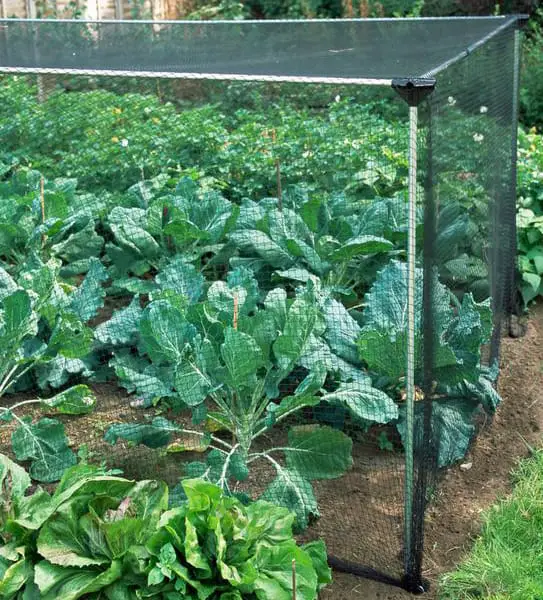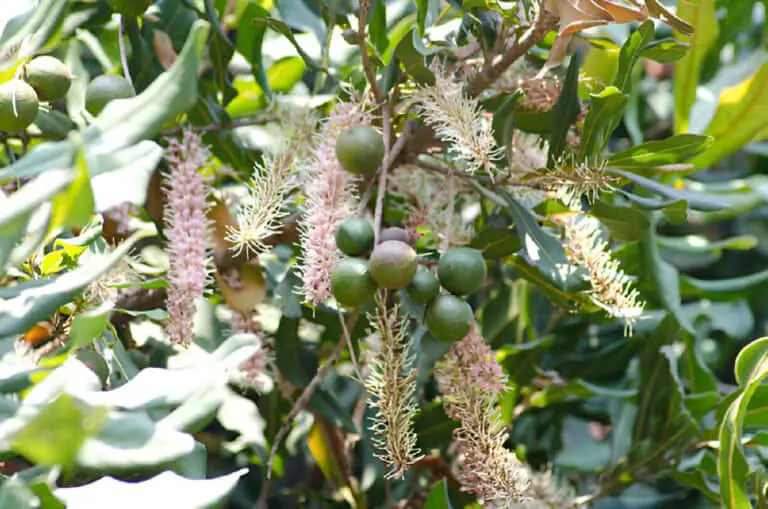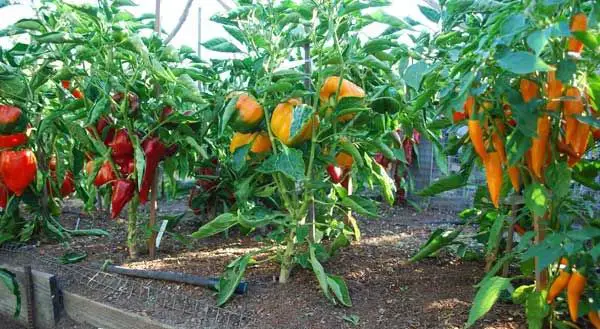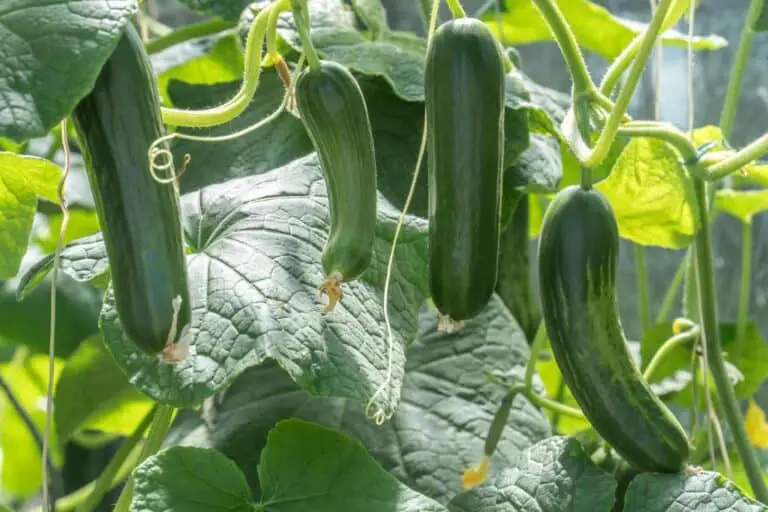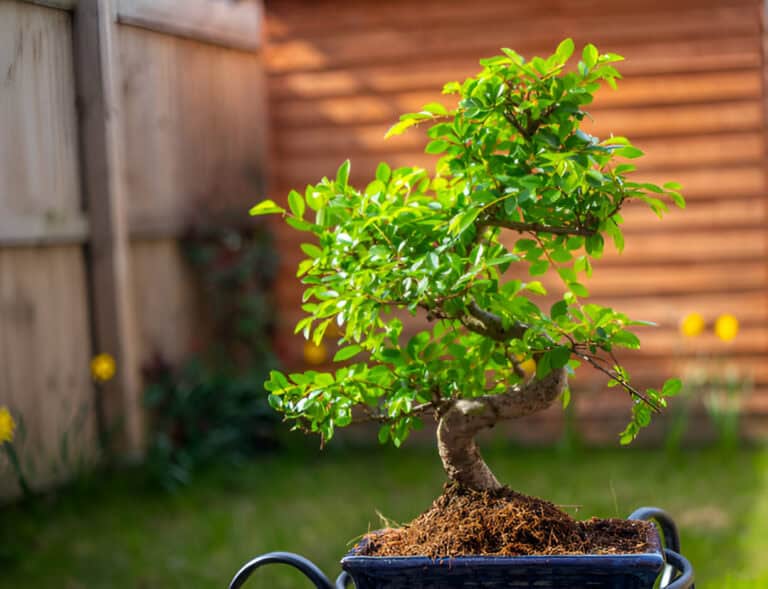Broccoli Plant Cold Tolerance: Can Broccoli Plants Survive Cold Weather?
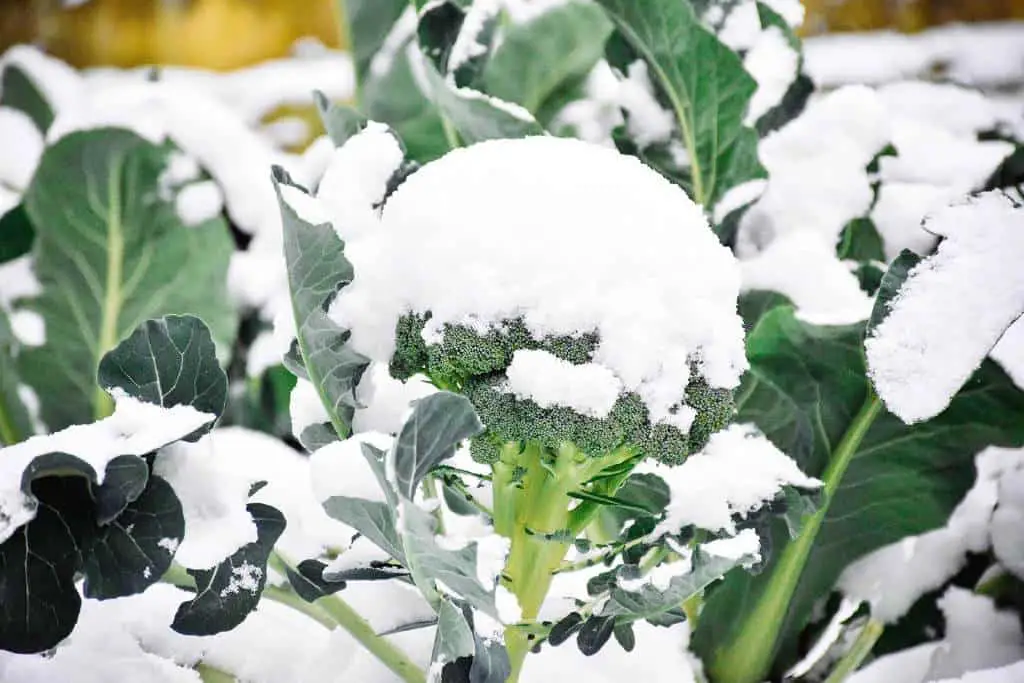
Broccoli is a delicious and nutritious vegetable that is a staple in many households. But did you know that broccoli plants can also survive cold weather? That’s right, broccoli is a cool-season vegetable that can tolerate temperatures as low as 26 degrees Fahrenheit. This makes it a great choice for gardeners who live in cold climates.
As the temperatures drop and the days grow shorter, many plants struggle to survive, their delicate structures succumbing to the icy wrath of winter. But broccoli is no ordinary plant. It possesses a secret weapon – a remarkable ability to withstand the freezing cold and continue flourishing, defying the harsh conditions nature throws its way.
So, what’s the secret behind broccoli’s cold tolerance? How do these hardy green warriors survive when other plants shiver in fear? Can they truly endure the frigid temperatures and maintain their growth and productivity? Let’s find out together!
Understanding Broccoli Plant Cold Tolerance
Cold tolerance refers to a plant’s ability to endure and adapt to low temperatures. While frost and freezing temperatures can be detrimental to many plant species, broccoli plants have developed various mechanisms to cope with these adverse conditions. Let’s delve into the physiological adaptations that enable broccoli plants to thrive in cold weather.
1. Physiological Mechanisms of Cold Tolerance
Broccoli plants possess unique physiological traits that contribute to their cold tolerance. One such trait is the accumulation of sugars and other solutes in their cells. By lowering the freezing point of cell sap, this process lowers the possibility of cellular damage from ice crystal formation.
Additionally, broccoli plants undergo changes at the cellular level to enhance their cold tolerance, including alterations in membrane fluidity and the production of specific proteins that protect against cold stress.
2. Chemical Mechanisms of Cold Tolerance
Broccoli plants are able to tolerate cold weather because they contain a chemical called glucosinolates. Glucosinolates are sulfur-containing compounds that give broccoli its bitter taste. When broccoli plants are exposed to cold weather, the glucosinolates break down and produce compounds that help protect the plant from damage.
3. Genetic Factors and Cold Tolerance
Genetics plays a significant role in determining a plant’s cold tolerance, and broccoli is no exception. Breeders have developed cold-tolerant broccoli varieties by selectively breeding plants with desirable traits.
These varieties exhibit enhanced cold tolerance, making them ideal choices for gardeners in regions with harsh winters. By selecting the right broccoli variety, growers can maximize their chances of successful cultivation in cold climates.
Impact of Cold Weather on Broccoli Plants
Cold weather can have a profound effect on the growth and development of broccoli plants. Understanding these impacts is crucial for optimizing cultivation practices in cold regions.
Mild cold snaps (26–31 degrees Fahrenheit) may only cause minor damage to broccoli plants, such as wilting or browning of the leaves. However, more severe cold snaps (below 26 degrees Fahrenheit) can kill broccoli plants.
Effects on Broccoli Growth Stages
Freezing temperatures can disrupt various stages of a broccoli plant’s life cycle. Young seedlings are particularly vulnerable because frost can harm or even kill their delicate tissues. The development of the broccoli plant’s head, or crown, can also be affected, leading to irregular or stunted growth. Moreover, prolonged exposure to cold weather can delay maturity, resulting in a longer time to harvest.
Protecting Broccoli Plants from Cold Spells
To shield broccoli plants from the damaging effects of cold weather, growers employ several protective measures. Covering plants with blankets or clothes can create a barrier against frost, helping to retain heat and prevent freezing.
Mulching around the base of the plants acts as insulation, protecting the root system from extreme cold. (Read: What Should I Put Down Before Mulching).
Additionally, watering the plants before a cold spell can provide some protection, as water releases heat as it freezes, acting as a buffer against lower temperatures.
Should I Cover My Broccoli Plants during Cold Snaps?
Broccoli is a cool-season vegetable that can tolerate cold weather up to a certain point. The ideal temperature range for broccoli growth is 60–70 degrees Fahrenheit, but broccoli can survive temperatures as low as 26 degrees Fahrenheit. However, temperatures below 26 degrees Fahrenheit can damage or kill broccoli plants.
If you live in an area that experiences cold snaps, you may want to cover your broccoli plants to protect them from the cold. You can use a variety of materials to cover your broccoli plants, such as burlap, plastic sheeting, or even old blankets. Just be sure to remove the covering as soon as the weather warms up to prevent the plants from overheating.
There are a few things to keep in mind when covering your broccoli plants. First, make sure that the covering is loose enough to allow air to circulate. If the covering is too tight, it can trap moisture and cause the plants to rot. Second, make sure that the covering does not touch the leaves of the plants. If the covering touches the leaves, it can cause them to freeze.
Here are some tips for covering your broccoli plants during cold snaps:
- Cover your plants in the evening before the cold snap.
- Use a loose-fitting covering that allows air to circulate.
- Make sure that the covering does not touch the leaves of the plants.
- Remove the covering as soon as the weather warms up.
By following these tips, you can help protect your broccoli plants from cold snaps and ensure a bountiful harvest.
Here are some additional benefits to covering your broccoli plants during cold snaps:
- It can help to extend the growing season.
- It can help to prevent the broccoli from bolting (flowering prematurely).
- It can help to improve the flavor of the broccoli.
If you are growing broccoli in a cold climate, covering your plants during cold snaps is a great way to ensure a successful harvest.
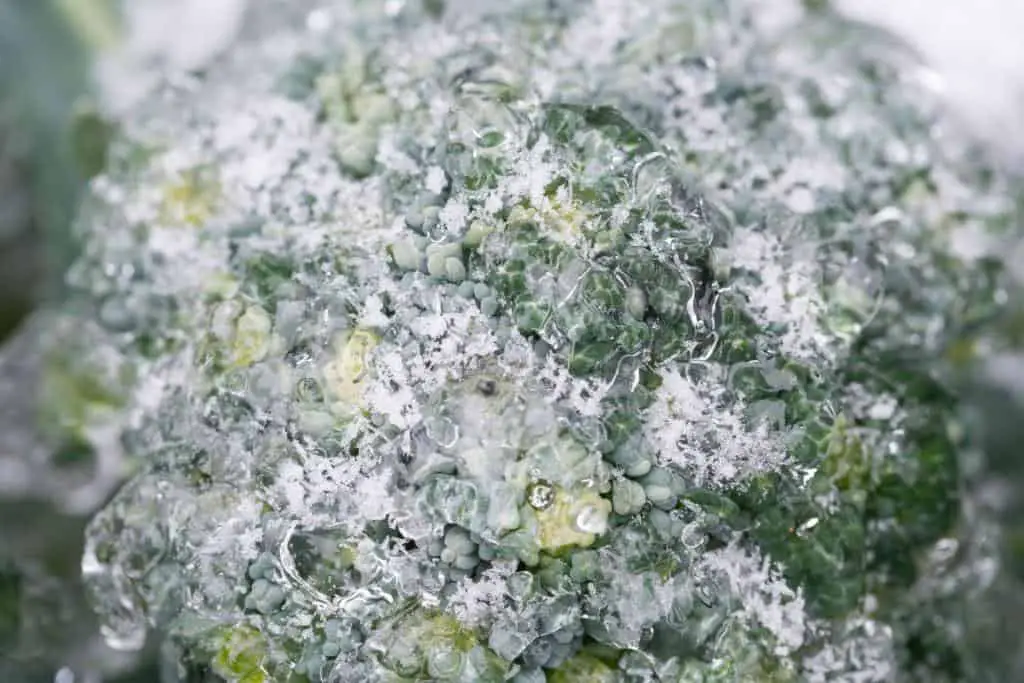
Cultivating Broccoli in Cold Climates
Growing broccoli in cold regions requires careful consideration of climate conditions and the implementation of specific techniques to maximize success.
1. Selecting Broccoli Varieties for Cold Climates
When planning to grow broccoli in cold climates, selecting suitable varieties with high cold tolerance is crucial. Certain broccoli cultivars have been specifically bred for their ability to withstand cold weather, making them better equipped to thrive in regions with challenging winter conditions. These varieties are often identified as “cold-hardy” or “winter-hardy,” and their selection can significantly increase the chances of successful broccoli cultivation in cold regions.
2. Extending the Growing Season
In cold climates, the growing season for broccoli can be relatively short. However, by utilizing certain techniques, growers can extend the production period and enjoy a longer harvest.
One effective method is to start broccoli seeds indoors, giving them a head start before transplanting them outdoors. This allows the plants to establish strong root systems, making them more resilient when exposed to cold temperatures.
Additionally, using row covers or hoop houses can create a microclimate around the plants, offering protection from frost and extending the growing season.
3. Protective Measures for Cold Weather
To safeguard broccoli plants from the adverse effects of cold weather, several protective measures can be employed.
- Row Covers: Installing row covers over the broccoli plants forms a physical barrier that protects against frost and cold winds. These covers allow sunlight and water to reach the plants while trapping heat, creating a warmer microenvironment.
- Mulching: Applying a layer of organic mulch, such as straw or shredded leaves, around the base of the broccoli plants helps insulate the soil and retain heat. Mulching also prevents weed growth and conserves moisture.
- Watering: Providing adequate water to the plants before an anticipated cold spell can help protect them. Moist soil retains heat better than dry soil, providing some insulation for the plant’s root system.
- Planting Location: Choosing a planting location that offers some natural protection, such as a south-facing slope or near a windbreak, can help shield the broccoli plants from harsh winds and cold air. Additionally, planting in raised beds or containers can provide better drainage and prevent waterlogged soil, which can exacerbate cold damage.
Implementing these protective measures can significantly increase the chances of successful broccoli cultivation in cold climates, allowing growers to enjoy a bountiful harvest even in challenging winter conditions.
Broccoli Varieties for Cold Climates
In the realm of broccoli cultivation, selecting suitable varieties tailored for cold climates is a critical factor in ensuring successful growth and abundant yields. With advancements in breeding programs and the availability of cold-tolerant cultivars, growers now have a diverse range of options to thrive in regions where chilly winters prevail.
When beginning the journey of growing broccoli in cold climates, you need to select varieties that have a strong ability to withstand the harsh conditions. These specialized cultivars, often referred to as “cold-hardy” or “winter-hardy” varieties, have been carefully bred and selected for their resilience against low temperatures and frost.
These cold-tolerant broccoli varieties possess a remarkable set of characteristics that equip them to brave challenging winter climates. They have undergone rigorous screening and selection processes based on their ability to endure and thrive in colder regions.
Through years of dedicated breeding efforts, breeders have successfully incorporated genes and traits that enhance the plant’s cold tolerance, ensuring their adaptation to the specific challenges posed by cold weather.
There are a number of broccoli varieties that are well-suited for cold climates. Some of the most popular varieties for cold climates include:
- Arctic King
- Cold Hardy
- Defender
- Imperial
- Waltham 29


